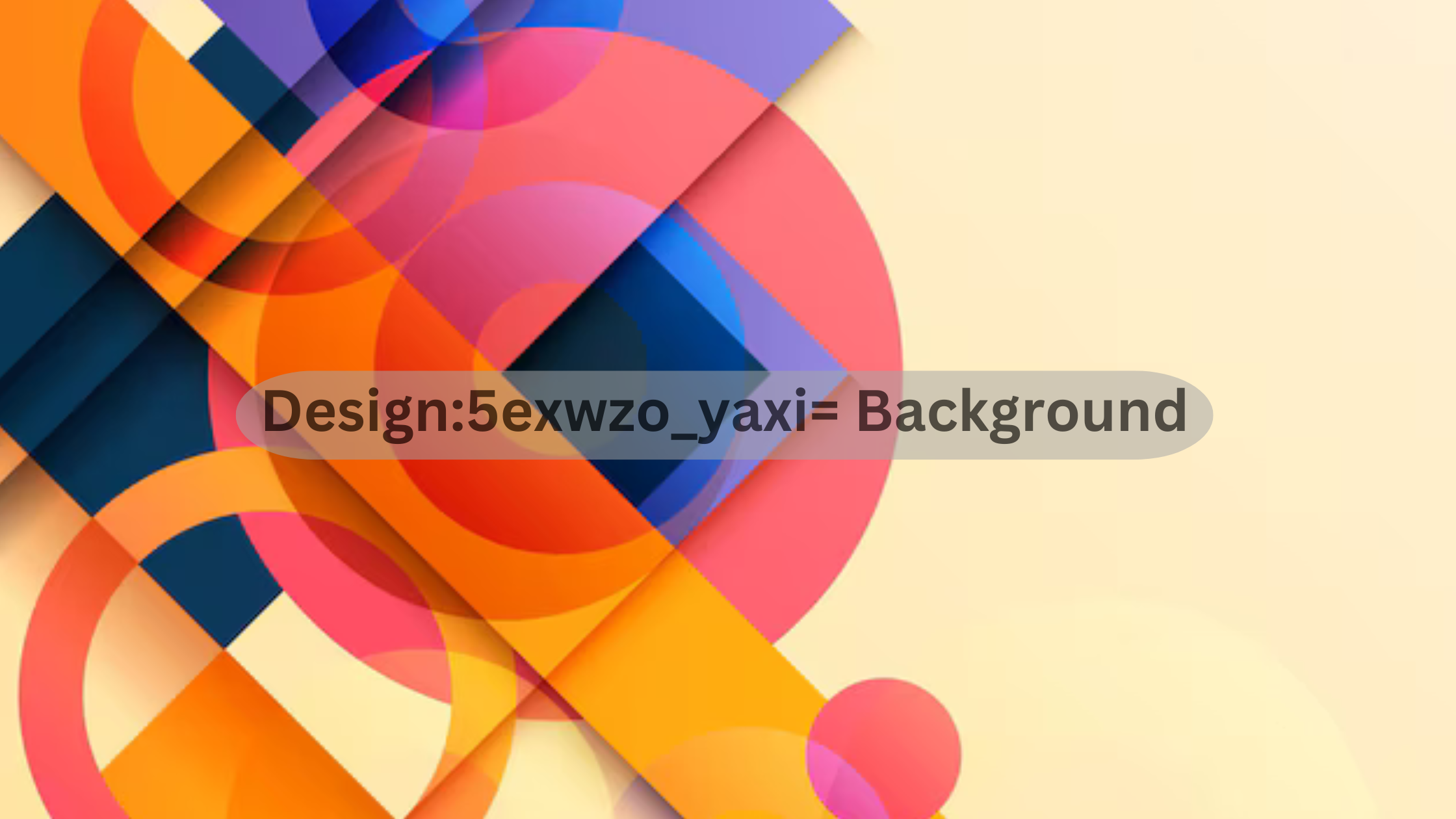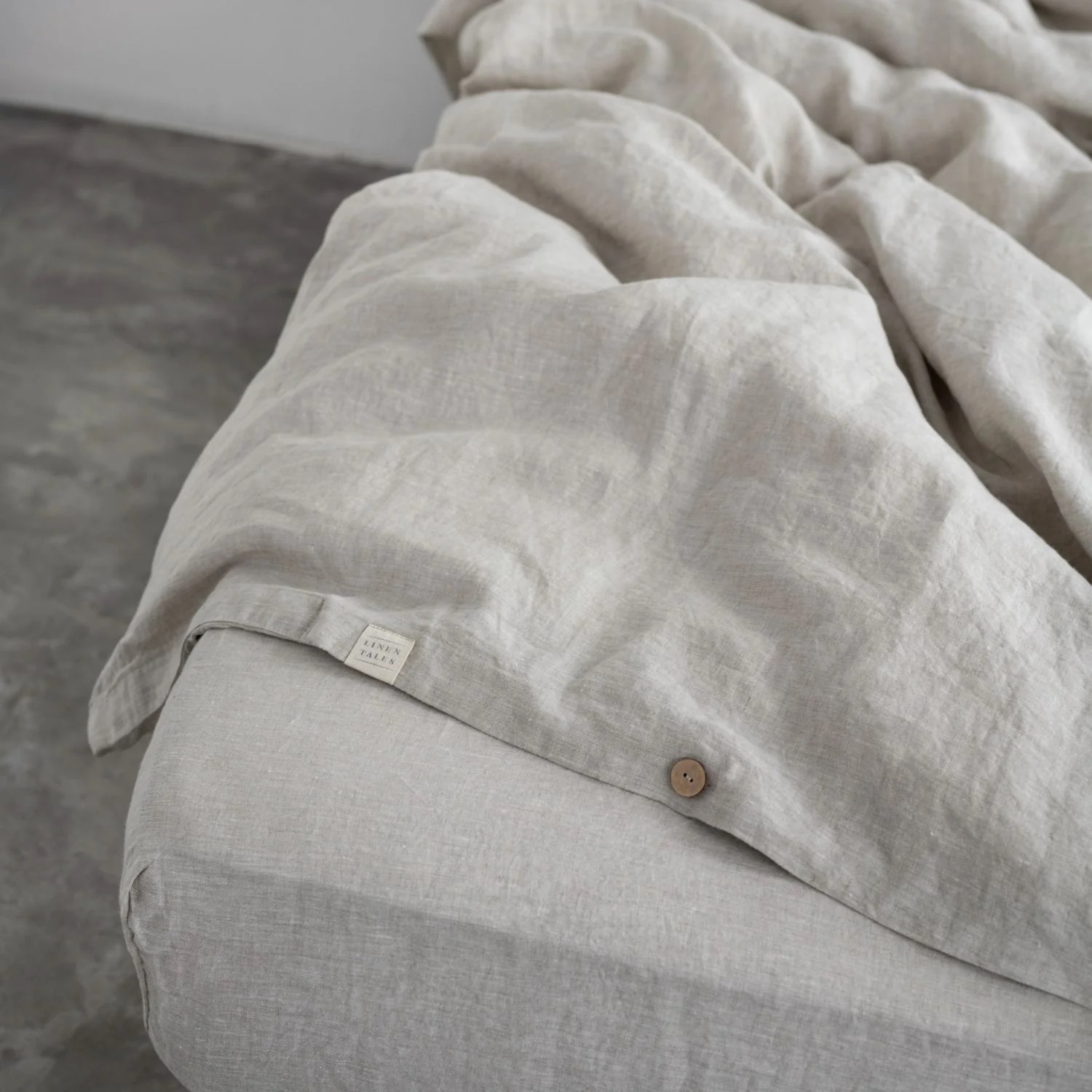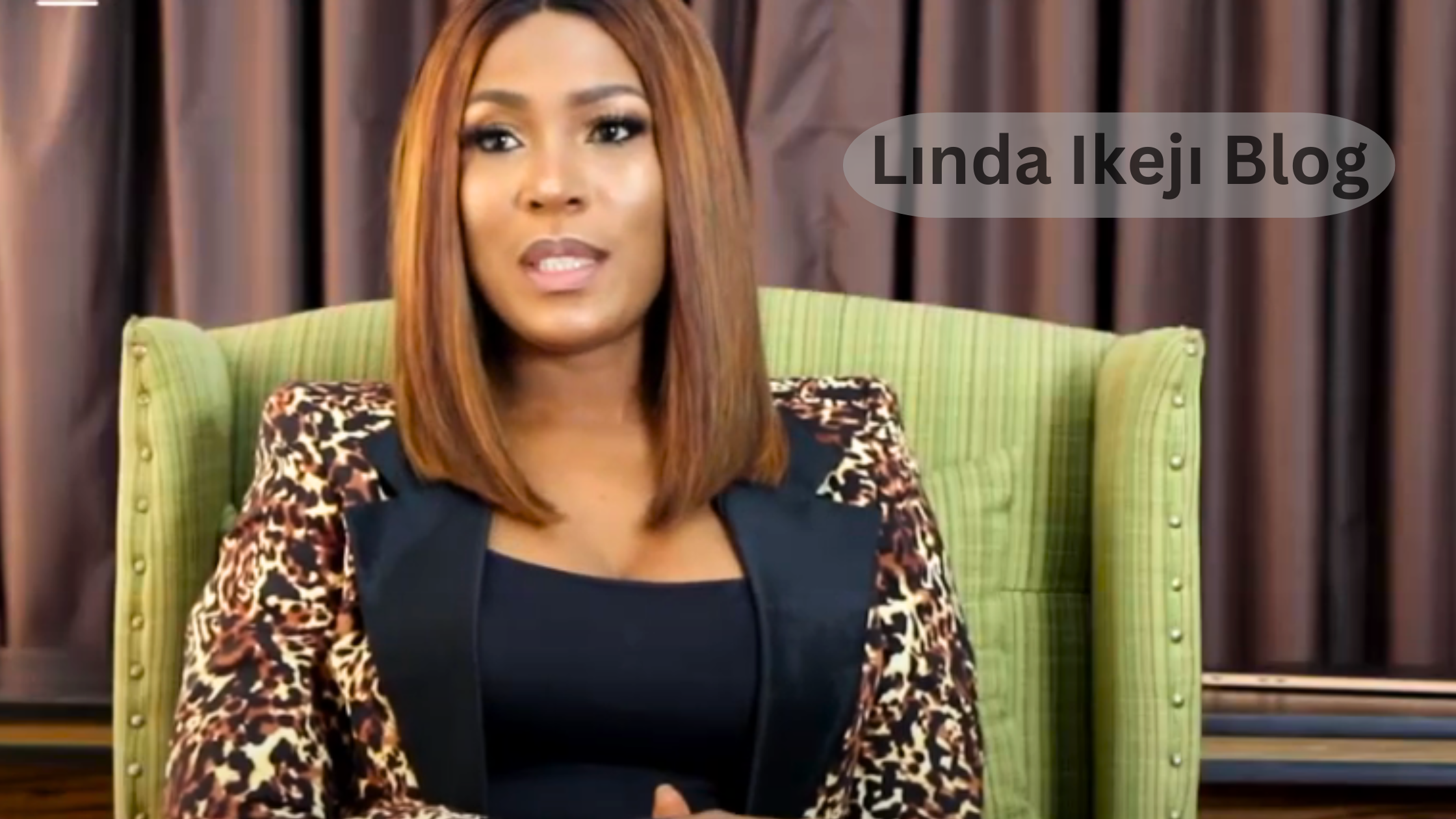Design:5exwzo_yaxi= background is a crucial element in visual art and graphic design that often sets the tone for the entire composition. The background plays a fundamental role in framing the main content, adding depth, and establishing the mood of a project. Whether it’s for a website, a poster, or social media content, choosing and designing the right background can make or break the overall aesthetic appeal. The subtle artistry of backgrounds in visual projects can not only enhance the primary elements but also draw attention to them in ways that are both engaging and functional.
When working with a design:5exwzo_yaxi= background, it’s important to consider various factors such as color theory, texture, patterns, and how these elements will interact with the foreground. In this article, we will explore the key principles behind creating a stunning background design, why it matters, and how you can implement these strategies in your own projects.
Understanding the Importance of Design:5exwzo_yaxi= Background
Design:5exwzo_yaxi= background elements are often overlooked but serve as the foundation of any visual composition. A well-thought-out background not only complements the subject matter but also provides context, sets the mood, and enhances the overall aesthetic of the design.
For instance, a muted, pastel-colored background can evoke calm and serenity, while a vibrant and textured backdrop can create energy and excitement.
In professional design, design:5exwzo_yaxi= background plays an integral role in ensuring that the content stands out without overwhelming the viewer. It requires a fine balance between supporting the main elements and not overpowering them.
How to Choose the Right Design:5exwzo_yaxi= Background
When it comes to choosing the perfect design:5exwzo_yaxi= background, there are a few key principles to keep in mind. First, consider the purpose of the design and the emotions you want to convey.
If you are designing for a corporate website, for example, a clean, minimalist background might be ideal to reflect professionalism. On the other hand, a design for a children’s event may benefit from a playful and colorful background that evokes excitement.
Next, think about the color scheme. Colors in the design:5exwzo_yaxi= background should not only complement the main subject but also adhere to the overall theme of the design. Using contrasting colors can help the main elements pop, while harmonious tones create a cohesive look.
Balancing Textures and Patterns in Design:5exwzo_yaxi= Background
Textures and patterns are other important aspects of a design:5exwzo_yaxi= background. They add depth and visual interest to the composition without drawing too much attention away from the foreground. Subtle textures, such as grunge or watercolor, can create a unique visual effect that enhances the background’s role in the overall design.
It’s also essential to remember that patterns should not be too overwhelming. If the main content is highly detailed or intricate, opt for a simpler pattern or texture in the background to avoid cluttering the visual space.
Color Psychology in Design:5exwzo_yaxi= Background
Color psychology plays a huge role in how viewers perceive a design:5exwzo_yaxi= background. Different colors evoke different emotions and responses from the audience. For instance, blue tends to create a calming effect, while red can increase excitement or urgency.
When designing backgrounds, think about the target audience and the message you want to communicate. For example, a design for an eco-friendly product might feature green tones to symbolize nature and sustainability, whereas a luxury brand might choose black or gold to evoke elegance and sophistication.
Creating Depth with Layers in Design:5exwzo_yaxi= Background
Using layers is an effective way to create depth and dimension in your design:5exwzo_yaxi= background. By incorporating multiple layers of color, texture, or patterns, you can give the background a more dynamic feel without distracting from the focal point of the design.
This technique works especially well in web and app design, where backgrounds need to be visually appealing yet functional, allowing for easy navigation and user interaction.
The Role of Minimalism in Design:5exwzo_yaxi= Background
Minimalism is a popular design trend, and it works particularly well for design:5exwzo_yaxi= background elements. A minimalist background often consists of neutral colors, simple shapes, and little to no texture, allowing the main content to take center stage. This is particularly useful in professional settings where clarity and functionality are prioritized.
However, even in minimalistic designs, the background still plays a critical role. A simple, clean background ensures that the design looks modern and uncluttered, yet polished.
Enhancing Visual Hierarchy with Design:5exwzo_yaxi= Background
A well-executed design:5exwzo_yaxi= background can enhance the visual hierarchy of a project by guiding the viewer’s eye to the most important elements first.
By using background contrast or subtle gradients, you can create a natural flow that leads the audience from one piece of content to the next.
For example, if you want to highlight a specific product on a website, a gradient background that fades to a lighter tone behind the product image will draw attention to it without being too obvious.
Trends in Modern Design:5exwzo_yaxi= Background
Design trends are constantly evolving, and design:5exwzo_yaxi= background has not been left behind. Today, many designers are exploring the use of gradients, abstract shapes, and 3D elements to create visually striking backgrounds.
Additionally, there has been a rise in the use of animated backgrounds for websites and social media, adding an interactive and dynamic element to the design.
Staying up-to-date with these trends can help your designs stay fresh and relevant, especially in the fast-paced world of digital media.
Practical Tips for Implementing Design:5exwzo_yaxi= Background in Your Projects
When implementing design:5exwzo_yaxi= background in your own projects, start by sketching out your ideas and playing around with different color palettes, textures, and layers. Use design tools like Adobe Photoshop or Illustrator to experiment with different styles before finalizing your design.
Remember, the background should never overpower the main content. Test your design on different devices and screen sizes to ensure the background complements the overall layout and design elements.
Conclusion: Mastering the Art of Design:5exwzo_yaxi= Background
Mastering the art of design:5exwzo_yaxi= background is essential for any designer looking to create visually appealing and effective compositions. By focusing on balance, color, texture, and hierarchy, you can ensure that your background enhances your design rather than distracting from it.
Whether you’re working on a website, social media post, or marketing campaign, the right background will help tie all the elements of your design together, creating a cohesive and captivating visual experience.











